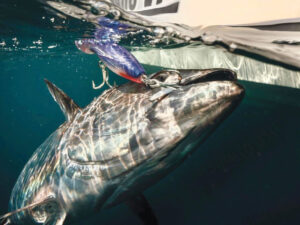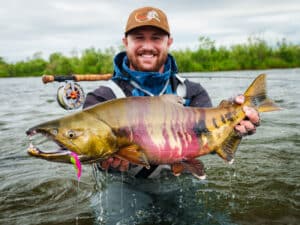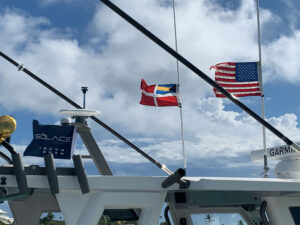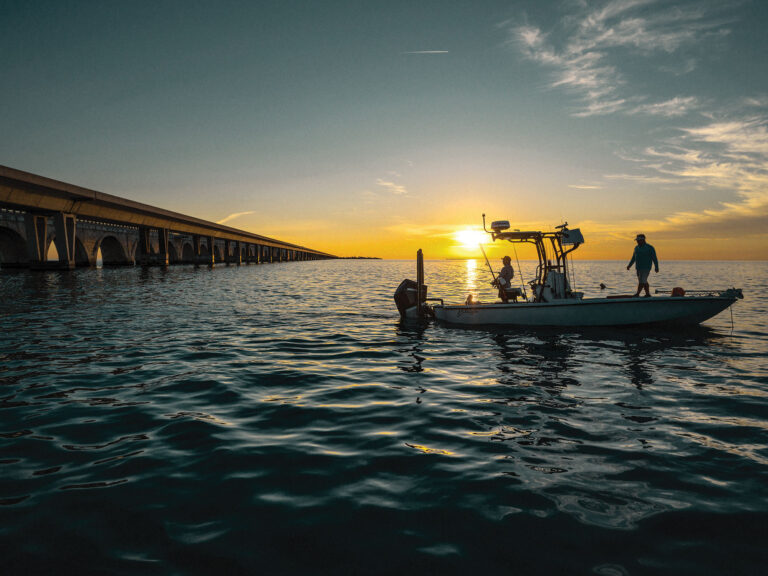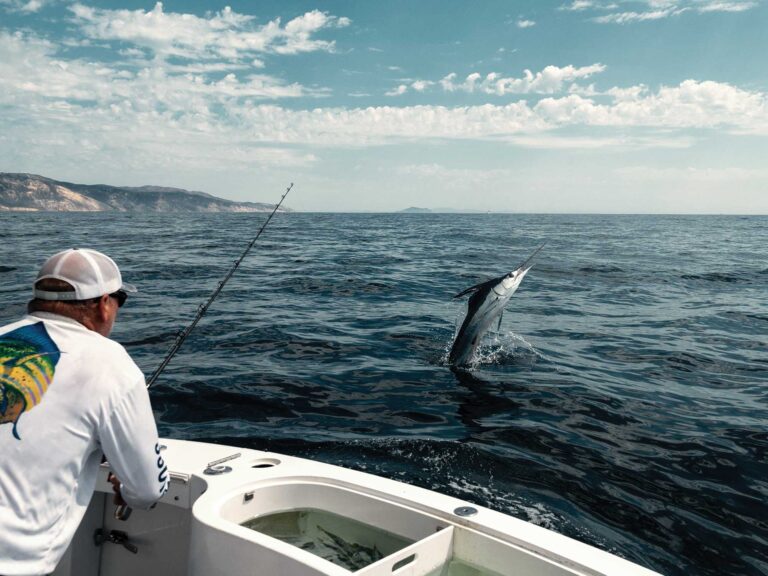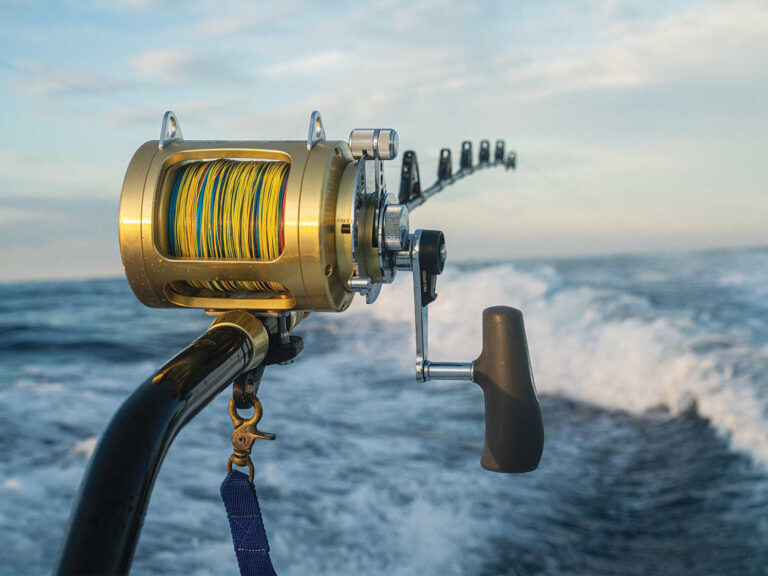There’s no simpler way to deal with leaders than purchasing the knot-less, ready-made kind. Take it out of the package, attach it to the fly line with a quick loop-to-loop connection (end loops are now standard on many fly lines), and voilà! But when you need specialized performance — or when you find yourself out of ready-mades and far from a fly shop — the ability to fabricate a leader becomes an important skill.

Pros and Cons of Buying Fly Fishing Leaders for Saltwater
Knot-less tapered leaders are extruded from a machine to create a seamless length of nylon that tapers from the butt to the tippet. One advantage of having a single piece of leader material is there are no knot connections to fail. Plus, after you’ve changed flies a few times, you can simply tie on a piece of tippet to the end of the leader to make up for whatever you’ve clipped off. The simplicity becomes a trade-off, however, since you don’t know exactly where the butt section ends and the tippet starts. Once you begin cutting the leader back, how can you be sure you’re maintaining the proper taper?
The Basics of Fly Fishing Leaders for Saltwater
The anatomy of the leader deserves close attention. Foremost in building a leader is understanding that the transfer of energy from the fly line through the leader should be seamless for the tippet to turn over and deliver the fly gently and accurately. That energy transfer occurs most smoothly when the fly line connects directly to the leader. A number of fishing knots achieve this direct connection, but few are better than a snell or nail knot.
Do you need a tapered leader for fly fishing? Yes, in most situations. A leader must be tapered, diminishing in size from the butt section (that connects to the fly line) to the tippet (that connects to the fly). When you build your own leaders, you have control over the construction, taper and performance. As you become adept at building leaders, you can customize the formula for specialized situations.
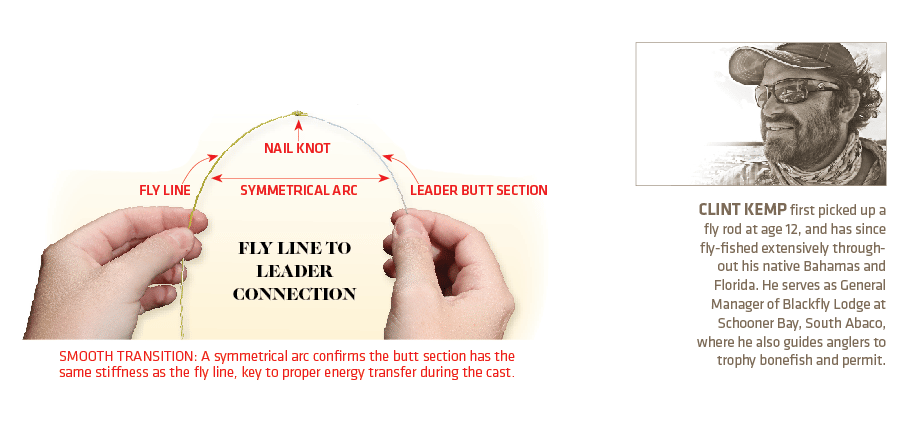
How to Make Your Own Leaders for Fly Fishing
A simple formula provides a model to consistently assemble leaders that work in most situations. It calls for four sections of different diameters — a butt, a tippet, and two step-down midsections to transition from the first to the latter. The length of each section should remain the same, no matter what weight fly line you are using. The diameter and stiffness will differ accordingly, so I’ll provide the formula for a typical 8- or 9-weight as an example.
Begin with an arm-span length (about 6 feet) of 30-pound for the butt section, next an arm’s length of 20-pound (about 3 feet), then half an arm’s length (about 18 inches) of 15-pound, and finally 3 feet of tippet material (8- to 12-pound).
It is important to use the same type of material (mono or fluorocarbon) and brand for all leader sections because products from different manufacturers vary in diameter and stiffness. With all four pieces of leader material cut, begin by attaching the butt section to your fly line with a snell or nail knot. This leader section should have the same stiffness as the end of your fly line. Thirty-pound mono should be just right for most 8- or 9-weight fly lines, but you can make sure by grasping the fly line in one hand and the butt section in the other, then pushing up a bend with the connection in the middle.
A proper match in stiffness yields a smooth arc without an abrupt angle or hinge. Next, connect your butt section to the midsections, 20- and 15-pound respectively, using blood knots. Lastly, use a blood knot to connect the tippet.
This formula for DIY leaders allows you to estimate all leader section lengths and build complete leaders out on the water without a measuring tape. It takes a few minutes to make your own leaders, but half the fun of fly-fishing is learning new skills that extend your enjoyment of the sport. And once you make a few casts with the DIY leaders, you’ll notice the difference in your casting and presentation.

